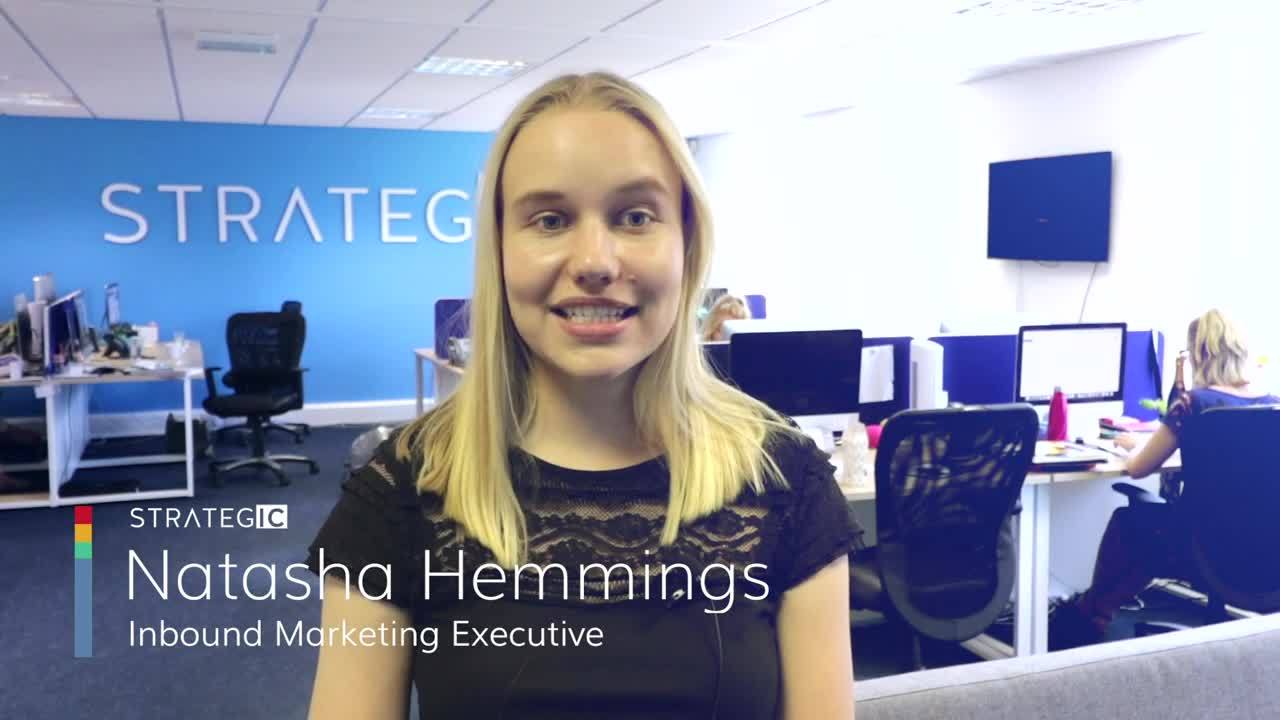In this post, we outline some of the main resource requirements involved in planning and implementing a full-scale ABM campaign.

Account-Based Marketing continues to be a priority for B2B marketers, enabling organisations to target select accounts precisely and effectively. However, if you are new to the strategy it can be difficult to know how to resource an in-depth, personalised and accurate campaign.
The question over how to resource account-based marketing stems from a requirement for higher levels of personalisation than traditional lead gen campaigns. As a result, account-based campaigns have historically been more costly and time-consuming to implement. Yet today, advances in technology have made ABM a more affordable and manageable solution to implement.
What Resources Will My ABM Campaign Need?
Before you can accurately identify your specific resource requirements, it helps to have an understanding of what activities are involved in ABM, what level of ABM maturity you’re already at, and whether you have any existing assets, resources or ABM frameworks in place that could ease resource requirements.
Running an ABM pilot is a crucial step to assess this, and is an activity that will help to outline and develop the resources required, showcase results and build internal support ahead of full-scale ABM implementation.
Ultimately, a pilot campaign gives you the opportunity to assess the time and financial investment required to develop your ABM strategy, manage the campaign, and create account-specific content. Crucially, an ABM pilot will help you to build the internal case for ABM and gain executive buy-in; proving the value of ABM will encourage wider organisation excitement for your pilot and enable you to secure the resource required for future campaigns.
4 ABM Resource Considerations
1. Securing ABM expertise and insight for ABM planning
If ABM is new to your organisation, you may want to consider investing in your marketing and sales teams - or outsourcing campaigns to an experienced agency. A scoping workshop offers a structured approach to kicking-off ABM planning, while a sales and marketing alignment workshop (Smarketing) may be necessary if your sales and marketing teams are currently working in silos.
Whether you run it yourself or choose to outsource, a scoping workshop is an opportunity to assess your ABM maturity level. This is the first step in defining an ABM process, and will help you select an appropriate ABM programme type; be that 1-2-1, ABM Lite, Inbound to ABM or Inbound Marketing. In this workshop, you should also develop your account selection criteria (using data on your previous and current customers), set realistic SMART goals and KPIs, and determine campaign duration and budget.
Commissioning additional insights research can also provide greater context into your list of target accounts and build a strong data-driven foundation for your campaigns. An insight report will enhance understanding of market-wide trends or fluctuations, the internal dynamics of your target accounts (such as churn risks and business goals or challenges), and will deliver insight on individuals within the decision-making unit (DMU) to better inform your campaign strategy.
A “Smarketing” (or sales and marketing alignment) workshop is a good way to get sales and marketing on the same page; to ensure that both teams understand their responsibilities ahead of ABM, as well as providing an opportunity to manage expectations. Both departments need to agree on account selection criteria, reporting metrics, and lead qualification so that prospects can be engaged at the right time, via the right channels. The relationship between your sales and marketing teams could make or break your ABM campaign - so creating an open dialogue between the two is an important step along the road to ABM success.
2. Resourcing campaign execution
If ABM is new to your organisation then you’ll need to consider your teams existing capabilities and identify any gaps in their knowledge. Every organisation will have different levels of experience with the technologies required to run ABM campaigns; if your marketing team already has experience with the right tools, then you should consider how to train them further, for the best chance of ABM success. However, if your in-house teams are already at full capacity then outsourcing campaign execution is a good way to ensure you keep on top of campaigns and drive strong ROI.
ABM requires more investment - both in terms of time and resource - than traditional lead generation campaigns so it’s crucial that you are able to support and monitor your campaigns at each stage of the customer lifecycle.
3. Using the right technology
Technology has transformed B2B marketing - now even small businesses are able to develop ABM campaigns (which used to only suit enterprise organisations due to cost). The wide array of digital platforms available facilitate more targeted, cost-effective, and scalable strategies. Nevertheless, while it’s easy to get excited about new technologies, you should only invest in solutions that will help you achieve your ABM goals. Ultimately, the technology you use should:
- Support the alignment of your sales and marketing teams as they connect with key accounts and nurture them through the funnel
- Enable easy and up-to-date reporting
- Be easily integrated with your existing platforms.
To maximise engagement with your target accounts, you need to reach them on the right channels, at the right time, and engage them with personalised content. At the very least, an ABM campaign will require:
- A CRM (Customer Relationship Management) platform. This should integrate with your marketing automation platform and other marketing solutions to streamline processes for your sales and marketing teams.
- A marketing automation platform. This should integrate all of your sales and marketing activity and provide complete intelligence on prospect interactions and manage campaign activity such as lead scoring, email campaigns and more. For example, HubSpot combines CRM, marketing automation and content management in a single platform for increased visibility.
- A CMS (content management system). Programmatic and digital advertising tools. These enable a range of IP targeting, domain-based targeting, geofencing keyword and third-party cookie targeting to precisely segment content to key accounts.
- Social listening and intent data tools. These are key to develop insights, intent data and to share content and build trust with key accounts.
4. Creating personalised supporting content
Creating content that resonates with each specific account is a fundamental ABM activity; without personalised, educational, and relevant content, you will fail to engage your target audience. To ensure that you are creating content that appeals to your specific audience, you should always base it on the business challenges you are trying to solve and personalise your content according to your ABM programme tier stage. Your value proposition is the core differentiator of your business, so taking the time to develop a strong value proposition is essential to driving conversions and securing sales; you should focus on connecting the value of your product to your customer’s main pain point.
Once you’ve determined which channels your key accounts are already engaged with, optimise your content to suit. Combing IP tracking (which enables you to identify the accounts or companies visitors belong to) with tailored microsites, landing pages, images or CTAs is a great way to engage target accounts in the spaces they are already active. Try and create an ABM content strategy which is scalable - repurposing existing content and tailoring it when necessary can save resource; conducting a content audit before starting with your campaign will enable you to identify gaps and plan for content development.
Plan Your Way To ABM Success
When it comes to resourcing ABM campaigns, investing time and budget in developing a clear campaign structure and running a pilot, are of the utmost importance. Carefully considering the resource investment required for a full-scale campaign will help you assess the value ABM can deliver to your organisation, while setting you up with the best chance of success.







